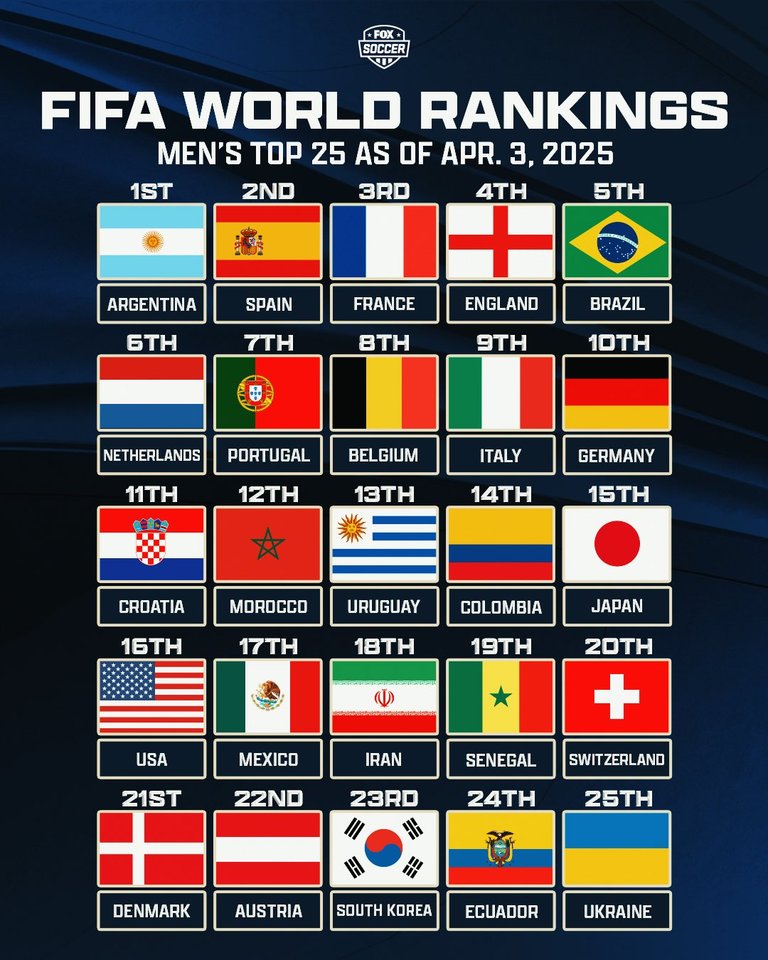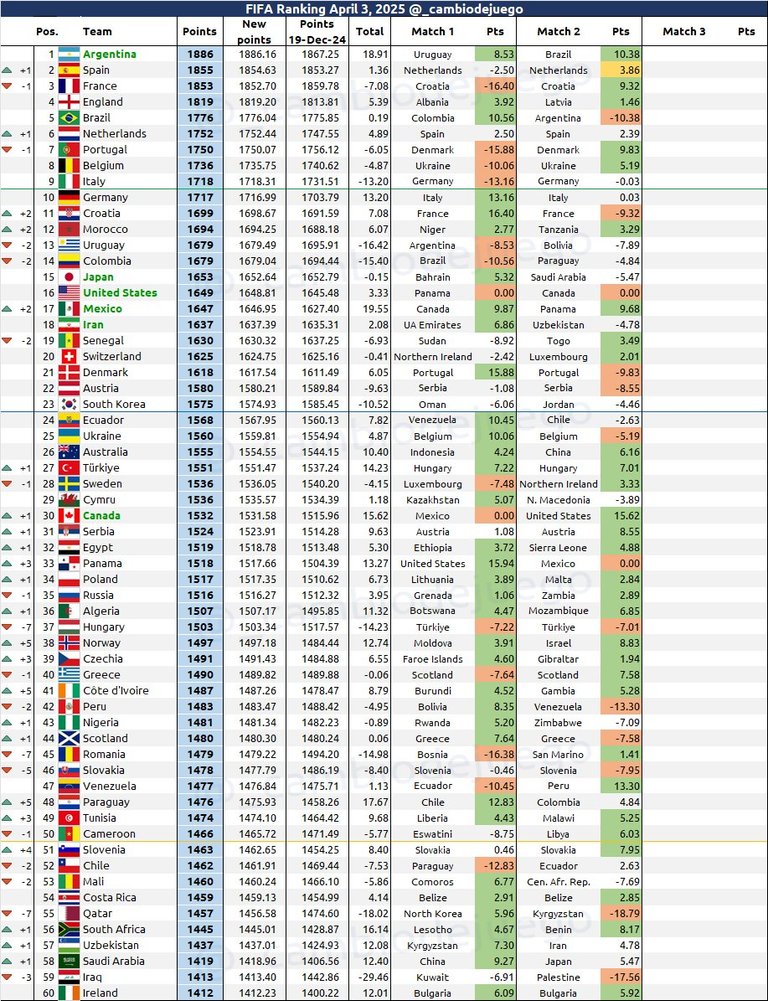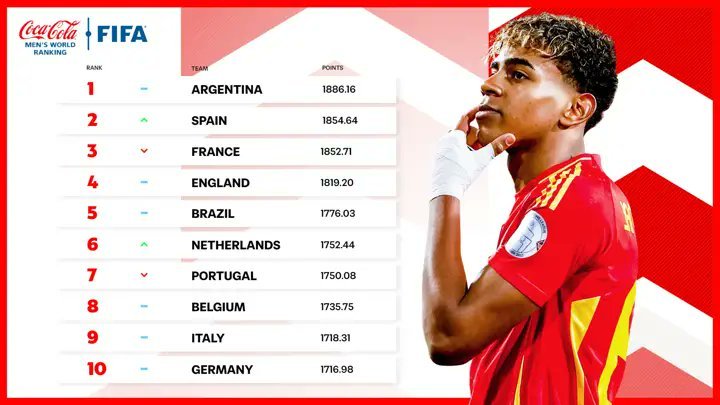
Imagen creada con ayuda de ChatGPT
En el día de hoy tenía pensado escribir sobre las dos primeras tandas de entrenamiento libres de la Fórmula Uno, para ello me quedé despierto y vi la primera, ambas son de una hora de duración y existe una pausa de un par de horas entre ellas; me resultó tan aburrida la de las 23:30 hora de mi país, que preferí irme a dormir y no tener que quedarme despierto hasta las 4 AM, hora prevista de finalización de la segunda tanda. Demasiado sacrificio para lo poco que se vio.
Viendo las noticias de esta mañana, creo que me perdí algunas cosas importantes como la actuación de Piastri que no había estado bien en la práctica uno, se quedó con el mejor tiempo por delante de Norris que en la primera sesión no se vio cómodo pese a tener el mejor tiempo al final de la hora prevista. Otra situación que se está haciendo costumbre, una muy mala, por cierto, es el nuevo despiste de Jack Dohan que otra vez destrozó su Alpine; no se cuanta paciencia tendrá la gente de la escudería con él, si fuera Red Bull seguramente ya estaría afuera. Pero no voy a hablar demasiado porque no vi que ocurrió, solo lo que leí.
Así que me decidí por tratar el tema del ranking FIFA, que es algo que no termino de entender y es por ello que, quizás escribiendo, se aclare un poco.
Este ranking, al igual que en otros deportes, se utiliza para fijar o clasificar a las selecciones de las 211 federaciones afiliadas al máximo organismo rector del fútbol mundial y su utilidad se reparte entre varias características: 1) evaluar el nivel actual de las selecciones brindando una medida ¿objetiva? del rendimiento de cada una, 2) el sembrado en la organización de torneos (define los bombos para el sorteo de importantes torneos internacionales, 3) brinda un seguimiento de la evolución de cada selección a diferentes actores del fútbol internacional tales como las propias federaciones, analistas, técnicos y también para el periodismo especializado y la 4) prestigio y motivación para los eventuales rivales.

De la misma manera que en otros deportes, el cálculo es un complejo sistema de sumas, restas y multiplicaciones que tiene en cuenta el tipo de competencia, el ranking del rival, el favoritismo y los puntos antes del juego de cada una de las dos selecciones en disputa. Esta versión del ranking FIFA se implementó en el año 2018 y se denomina SUM, algo que recuerda al sistema ELO de puntuación de los ajedrecistas.
Aunque no quiero aburrirlos la fórmula es así:
P nuevo = P anterior + I × (R−E)
Donde P es puntos,
I es importancia del encuentro y se basa en una tabla que define un valor determinado para cada tipo de competencia en juego donde un amistoso fuera de fecha FIFA es 5, el mismo amistoso, pero dentro de una fecha FIFA es 10, un encuentro por eliminatorias para el mundial es 25 y así sucesivamente hasta llegar al número mayor de 60 puntos que solo se otorga en semifinales y finales de un mundial.
R es el resultado del partido (1 victoria, 0.5 empate y 0 derrota)
E es el resultado esperado en porcentaje basado en la diferencia de puntos del propio ranking entre las selecciones en disputa.

Un lío bastante difícil de entender por supuesto pero así está determinado y mientras no haya un genio en matemáticas que dilucide si esta es o no es la mejor forma de medir lo que representa cada selección nacional, tenemos esto y es mejor que nada.
En la última semana se ha disputado una nueva doble fecha FIFA con acción en todo el universo futbolístico mundial, principalmente en Europa y América, donde se encuentran los seleccionados más prominentes en la actualidad y los cálculos del ranking aplicados a los resultados muestran que Argentina ha salido favorecida claramente al haber obtenido dos triunfos antes encumbrados rivales en el mismo ranking (Uruguay y Brasil), obtuvo 18,91 puntos más que la reafirman en el liderazgo de la tabla que lleva ya dos años ininterrumpidos.
La mayor novedad se dio en el segundo puesto ya que España superó a Francia gracias a su doble empate y luego ganar la definición por penales por los cuartos de final de la Nations League ante Holanda, el combinado francés mientras tanto, por la misma instancia de cuartos de final perdió el partido de ida ante Croacia y ganó el segundo, algo que le permitió pasar a instancia semifinales de la Nations League, aunque la cosecha de puntos en el ranking FIFA fue negativa.
Inglaterra mantuvo el cuarto puesto y Brasil el quinto, los ingleses con una doble victoria ante Albania y Letonia y la verdeamarela mantuvo el puntaje gracias a la victoria ante Colombia y la mencionada derrota ante Argentina.

Uruguay y Colombia descendieron dos puestos cada uno, el primero gracias a la derrota con Argentina y el empate con Bolivia y el segundo por la derrota con Brasil y el empate con Paraguay.
Los cálculos dieron eso y repasando como quedó la tabla punto más, punto menos, las cosas parecen bastante coherentes, de lo poco que la FIFA tiene en estos momentos.
Calculations and all-nighters
Today, I was planning to write about the first two free practice sessions in Formula One. To do so, I stayed up and watched the first session. Both are an hour long, with a two-hour break in between. I found the 11:30 PM session so boring that I preferred to go to sleep rather than stay up until 4 AM, the scheduled end time of the second session. Too much sacrifice for the little I saw.
Watching the news this morning, I missed some essential things, like Piastri's performance, which hadn't been great in practice one. He took the best time ahead of Norris, who didn't look comfortable in the first session despite having the best time at the end of the scheduled hour. Another situation that's becoming more common, a very bad one, by the way, is Jack Dohan's latest mistake, which once again wrecked his Alpine. I don't know how much patience the team would have with him; if it were Red Bull, he'd probably be out by now. But I'm not going to talk too much about it because I didn't see what happened, just what I read.
So I decided to address the topic of the FIFA ranking, which is something I don't fully understand, and that's why, perhaps by writing about it, it will clarify something.
This ranking, as in other sports, is used to determine or classify the national teams of the 211 federations affiliated with the world's governing body, and its usefulness is divided into several characteristics: 1) evaluating the current level of the national teams, providing an (objective?) measure of each one's performance; 2) seeding in tournament organizing (which determines the pots for the draw of important international tournaments); 3) providing a follow-up on the evolution of each team to different stakeholders in international football, such as the federations themselves, analysts, coaches, and also specialized journalists; and 4) prestige and motivation for potential opponents.
As in other sports, the calculation is a complex system of addition, subtraction, and multiplication that takes into account the type of competition, the opponent's ranking, favoritism, and the pre-match points of each of the two teams in play. This version of the FIFA ranking was implemented in 2018 and is called SUM, reminiscent of the ELO rating system used by chess players.
Although I don't want to bore you, the formula is as follows:
New P = Old P + I × (R−E)
Where P is points,
I is the importance of the match, and it is based on a table that defines a specific number for each type of competition being played: a friendly outside of a FIFA matchday is 5, the same friendly within a FIFA matchday is 10, a World Cup qualifier is 25, and so on, until reaching the highest number of 60 points, which is only awarded in World Cup semifinals and finals.
R is the match result (1 win, 0.5 draws, and 0 losses)
E is the expected result in percentage based on the difference in ranking points between the competing teams.
A rather difficult mess to understand, of course, but this is how it's determined, and while no math genius can figure out whether or not this is the best way to measure what each national team represents, we have this, and it's better than nothing.
Over the last week, a new FIFA double-header has been played, with action across the entire world of football, primarily in Europe and America, where the most prominent national teams are currently located. The ranking calculations applied to the results show that Argentina has benefited from the advantage, having obtained two wins against two highly ranked rivals (Uruguay and Brazil). They obtained 18.91 more points, reaffirming their leadership of the table, which they have held for two uninterrupted years.
The biggest change came in second place, as Spain edged France thanks to a double draw and then a penalty shootout victory in the Nations League quarterfinals against the Netherlands. Meanwhile, the French team, in the same quarterfinals, lost the first leg against Croatia and won the second leg, allowing them to advance to the Nations League semifinals, although their points tally in the FIFA rankings was negative.
England maintained fourth place and Brazil fifth. England retained their fourth place with double wins against Albania and Latvia, and the Green and Yellow maintained their points tally thanks to a win against Colombia and the aforementioned defeat against Argentina.
Uruguay and Colombia each dropped two places, the former thanks to a loss to Argentina and a draw with Bolivia, and the latter due to a loss to Brazil and a draw with Paraguay.
The calculations showed that, and looking at the table (plus or minus) points, things seem pretty consistent, given the limited number of points FIFA currently has.
Héctor Gugliermo
@hosgug

Lo malo de la fórmula 1 es que son eventos muy largos, la carrera se acepta que lo sea, pero la previa es muy engorrosa, entiendo todo lo que implica el mundo automotor, pero creo que veces se extienden sin necesidad, perder el sueño por estos pilotos no se, lo hice en su momento por Ferrari en su mejor momento, y aún así me parecía algo extremo.
La FIFA siempre ha sido así, y la verdad que no me fío mucho de eso, solamente con ver a Italia ahí en ésa tabla, cuando la misma tiene dos mundiales a los que no asiste, eso lo dice todo. Al menos que cuenten que en 2021 quedó campeón de la Euro. Podría ser.
Concuerdo en ambos criterios, me parece que tres prácticas libres es demasiado para un gran premio, además con esa absurda medida de dejar practicar aquellos pilotos que no han debutado tampoco me parece correcto. Es preferible que dejen a los equipos realizar pruebas privadas con total libertad en cualquier lugar y tiempo que deseen.
Respecto al ranking, no es totalmente justo ciertamente, ni siquiera sé si hace falta, lo único importante en esa lista es quizás para determinar los sorteos en algún evento importante, pero eso también hace que los más encumbrados solo puedan cruzarse en instancias superiores y quizás no sea justo para los equipos más débiles.
Como en todo, no hay algo totalmente equitativo, quizás deberíamos ser más contemplativos atendiendo esas cuestiones que no son más que lecciones de la vida.
Saludos @epirela